So, if you haven’t heard, Pinterest is now featuring a buy button on product pins on its network. So what does that mean for you and your business? Well, before we get into that, let’s just go over some of the statistics around Pinterest and what has made this one of the most successful social commerce platforms in recent memory.
Not Just Etsy Shop Owners and Recipe Bloggers
In 2013, Piqora did a study analyzing the ROI of using Pinterest, their findings are just the tip of the pin. They found that on average a pin generated 78 cents in sales in addition to 2 site visits and 6 pageviews. Now, by themselves, this might not sound like a lot, but if you’ve got an active board, and your stuff is getting shared, the snowball affect starts very quickly. This is compounded by another survey in 2014 which found that Pinterest users’ average order value was $123.50, which is about 126% higher than the average order value of Facebook’s users. Those are some pretty staggering figures, and like the sub-heading says, it’s not just Etsy shop owners and foodies showing the most success where this is concerned. Big names like Nordstrom are well-known in the pinning-verse.
Pinterest For Your Business
So as you can see, Pinterest is important for e-commerce and is leading the charge in integration between social commerce and e-commerce in general. However, every e-commerce store is different, and they’ll need to find their own way to use Pinterest to its fullest extent effectively. But, here are a few ideas on how to get Pinterest to work for your business.
Tailor Made Boards
When first starting with Pinterest, there is an easy temptation to just create a single board label it, “my company’s board” and call it good. While this is the easy way out, it’s not going to help drive traffic to your board and ultimately your site. Instead of making only a single board, try making multiple boards focused on specific themes or products.
Also, you’re going to want to pin more than just the product photos off of your site. Pinners are looking for ideas or inspiration most of the time, not a specific product so you can’t treat this as just another sales funnel/channel. Additionally, make sure to pin pictures of your products in use along with complimentary photos such as photos that fit the feelings of what your customers feel when using your products.
Pin Optimization
Along with making boards that are tailored towards specific products or services, you’re also going to have to follow some best practices when it comes to setting up your pins. Here a few of them that will help boost your engagement on your Pinterest board.
Firstly, you’re going to want to include a link to the item you’re showcasing, this way, if your prospect wants to learn more, they aren’t just stuck looking at a pretty picture. Next, make sure to include the price of the item with the pin, this will help put them further along the buying process then if it’s just the featured product. Finally, you’re going to want to have between a 200-300 character description. Yes, characters not words, think like Twitter, brevity is King.
Now that we’ve gone over what to include with your pin, lets go over what makes an effective image for a pin, seeing as this is the meat and potatoes of Pinterest. According to a study done by Ripen Ecommerce, lighter images are more than 20 times more likely to be pinned over dark images. Additionally, Tall images are shared 67% more often than short ones. Finally, brand images that don’t feature faces within the pin are 23% more likely to get repinned.
Pinterest Optimization Doesn’t Stop At Pinterest
Like the heading says, optimizing your Pinterest boards is only half the battle. To truly capitalize on the referral traffic from Pinterest, you need to make sure your site is prepared for it. According to Pinterest, over three-quarters of their traffic comes from mobile or tablet. What that means, is that you need to make sure that your e-store has a mobile solution, whether that is a mobile site, or your store is responsive. If a pinner lands on a page on your site and it isn’t mobile optimized they’re most likely going to bounce right back to Pinterest.
Put A Pin In It
Social sharing buttons on product listings has become a industry recognized best practice across all social media. Pinterest is no different where this is concerned. “Pin It” buttons and widgets make it easy for customers to share what they like on their own boards. While having relevant pins on your company’s board is great, getting on customers’ boards is fantastic.
Pinterest Isn’t For Everybody
A lot of ecommerce sites have been seeing some amazing success on Pinterest. However, Pinterest isn’t for every ecommerce store. If you have a very visual industry like fashion or cosmetics then pinterest should definitely be part of your social strategy, but more demanding and physical industries like construction or IT should probably look elsewhere since the customer you’re trying to reach most likely isn’t on Pinterest.
For businesses using Pinterest and not seeing a good ROI, I hope these tips help boost your engagement and you see an increase in conversions from it. Curious to see what we can do to help? Give us a call or email us and we’ll see what we can do to help your social commerce flourish.




